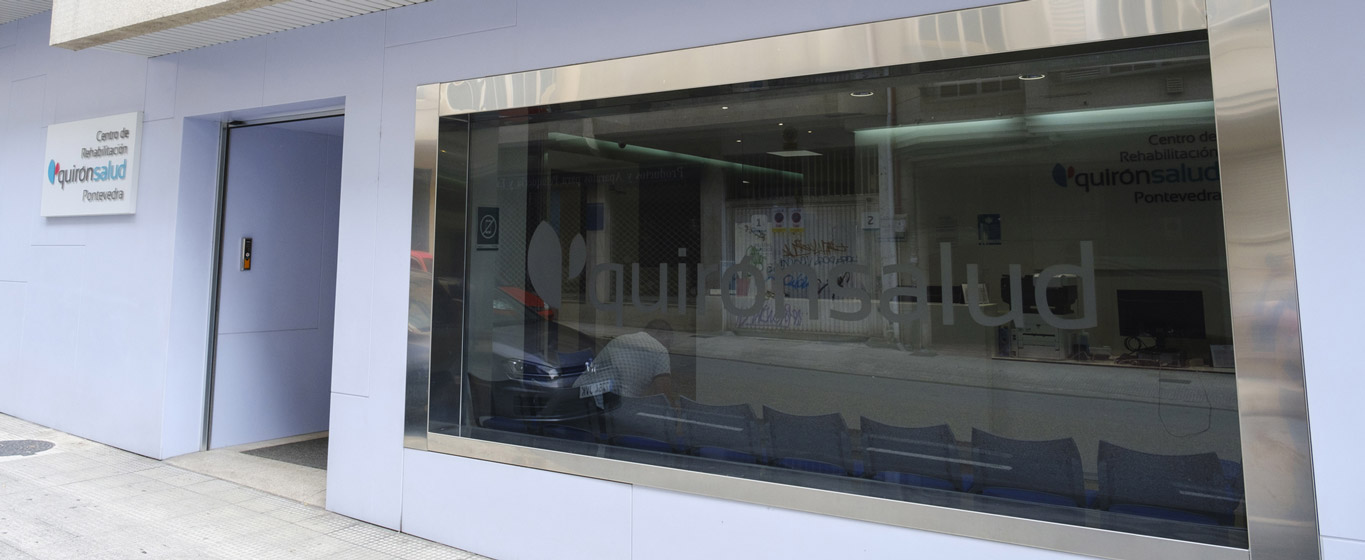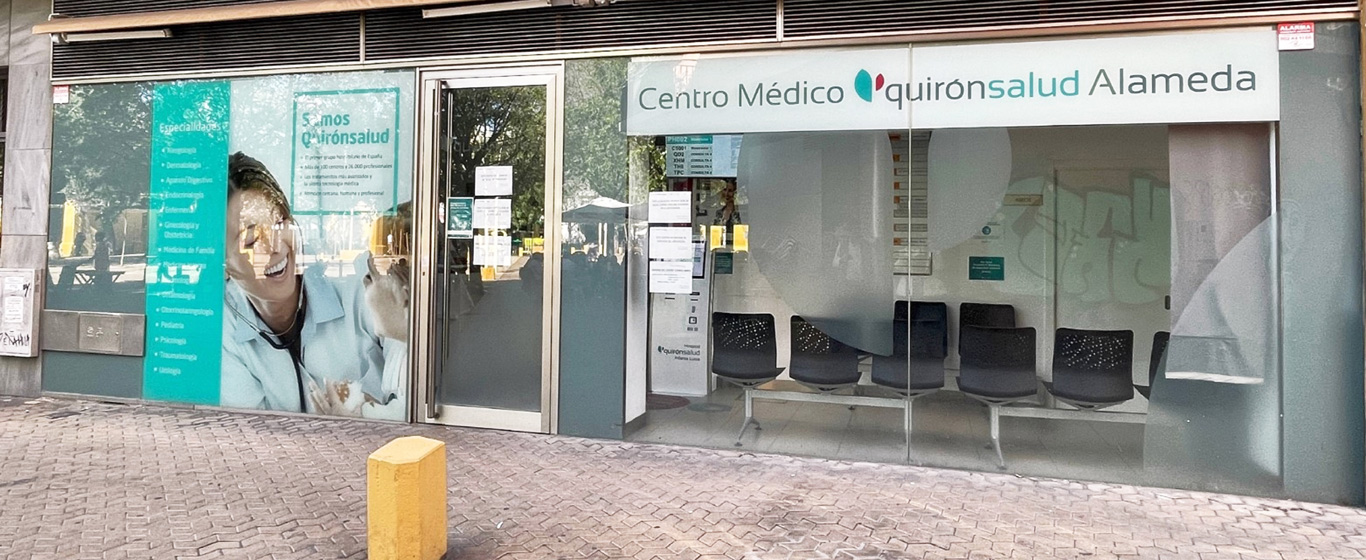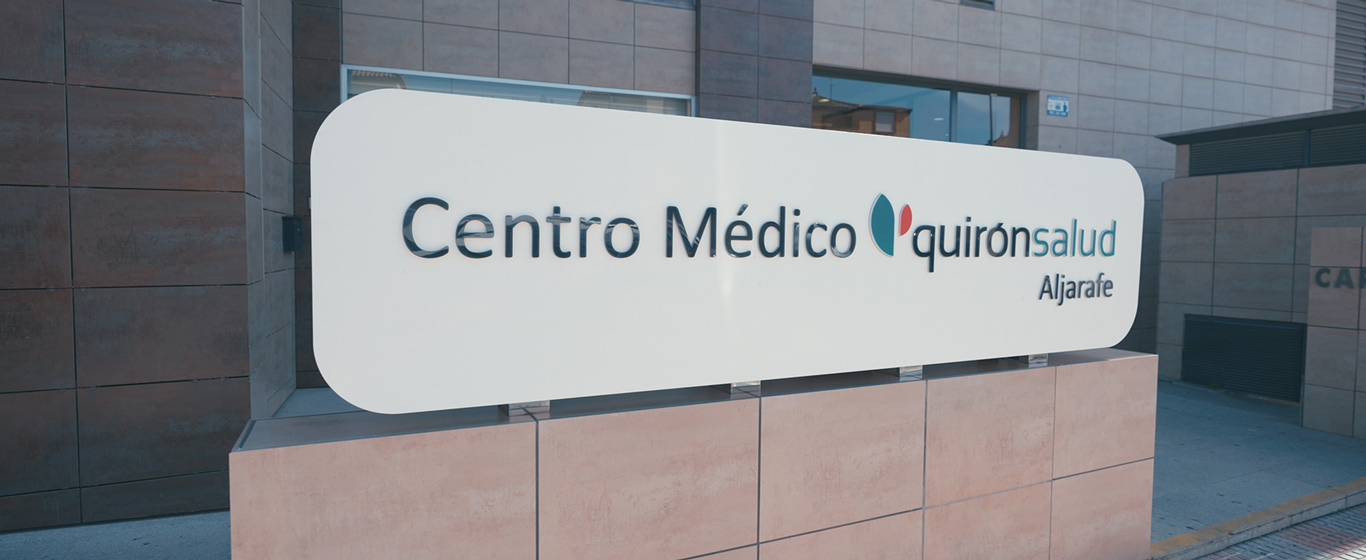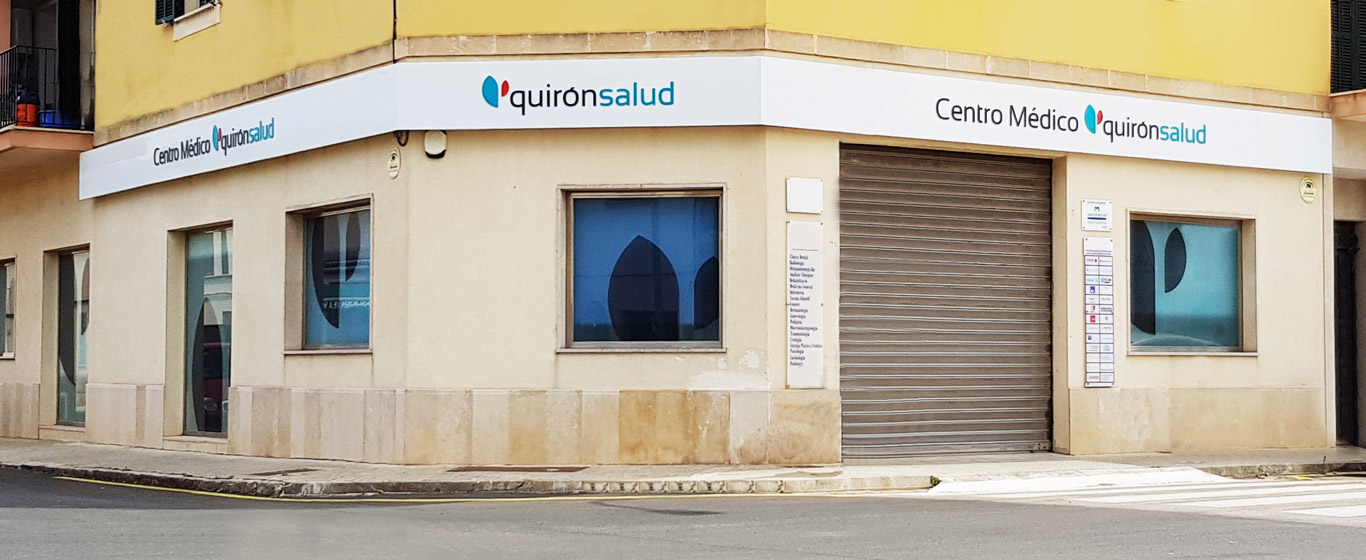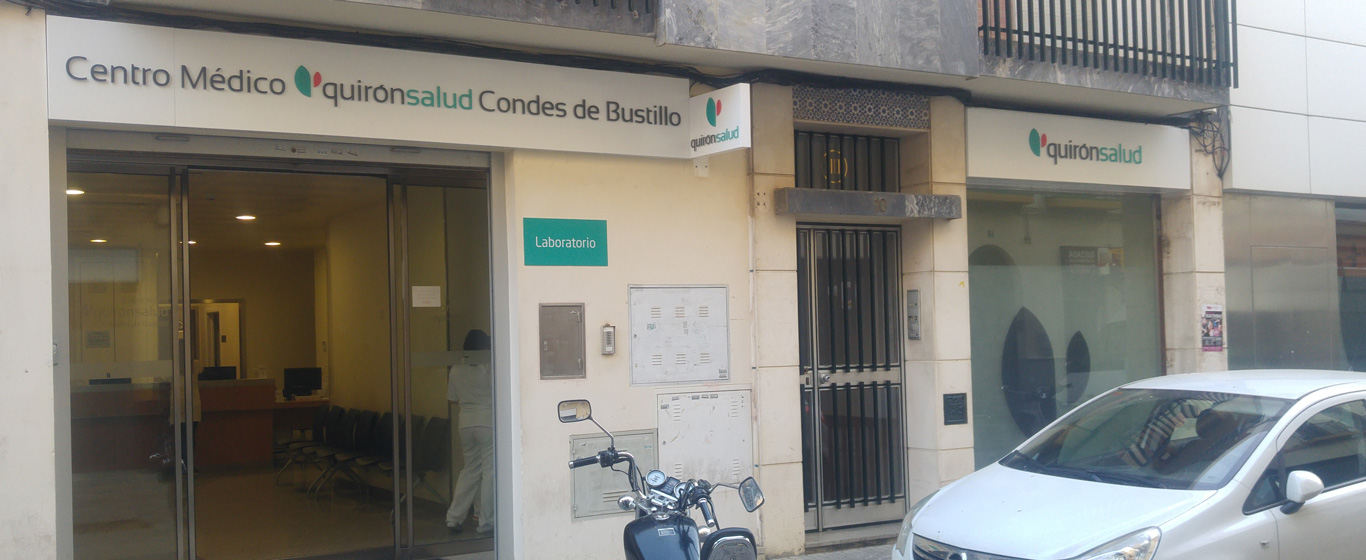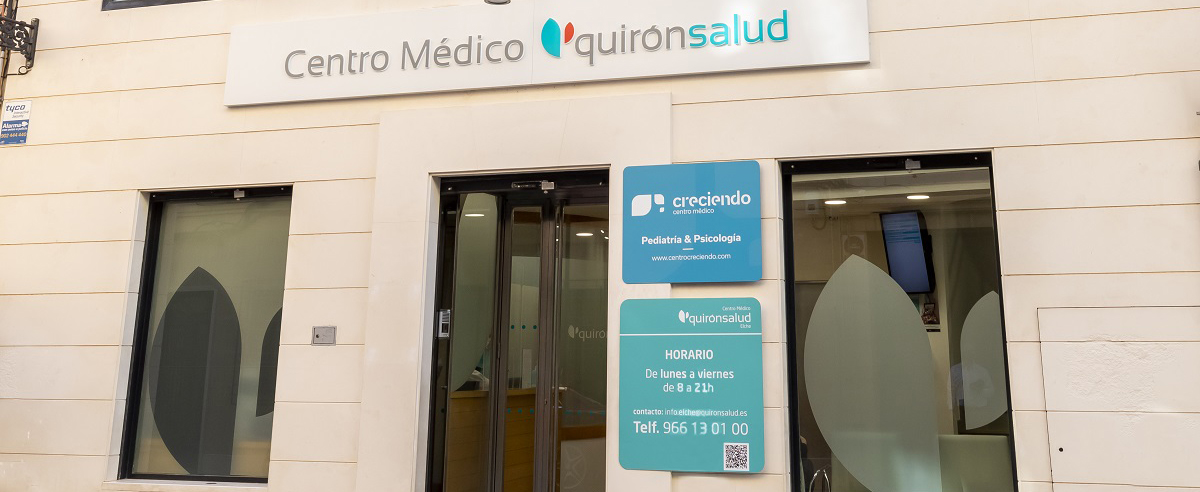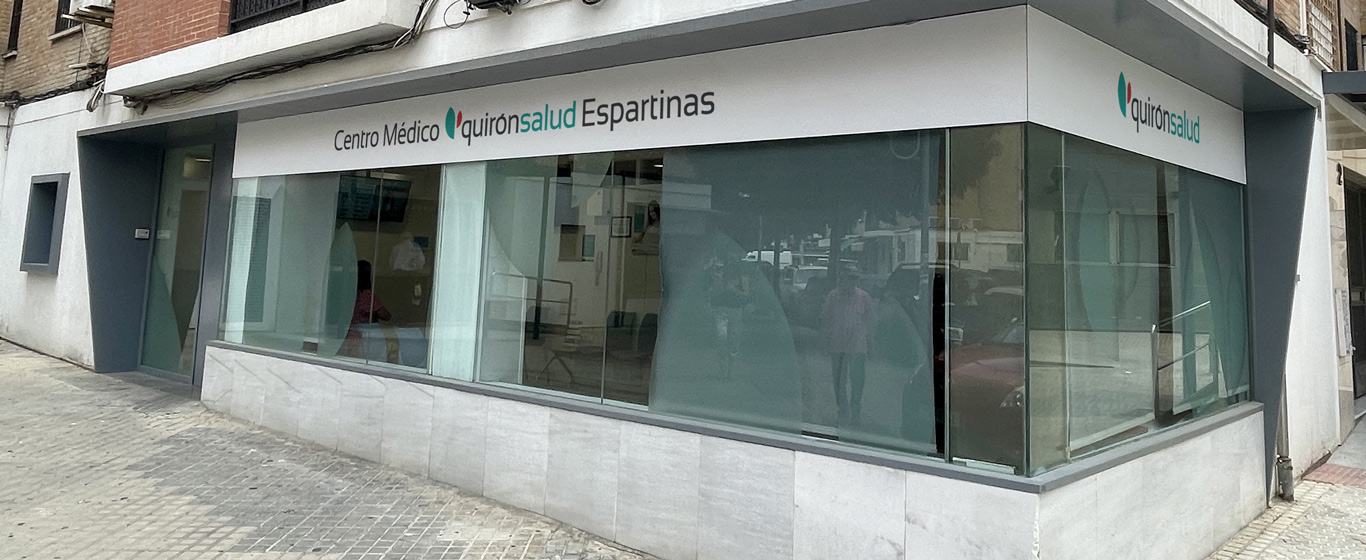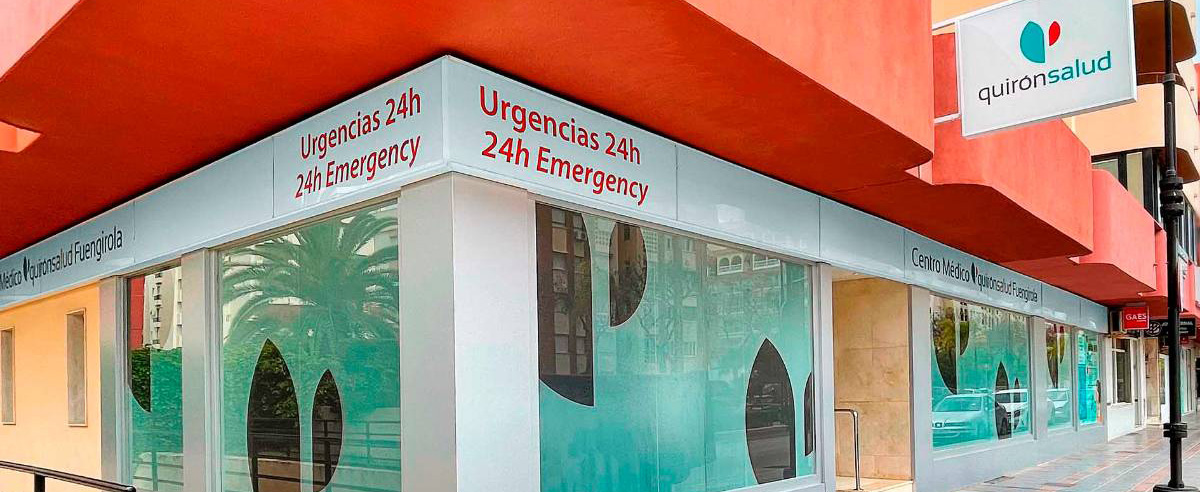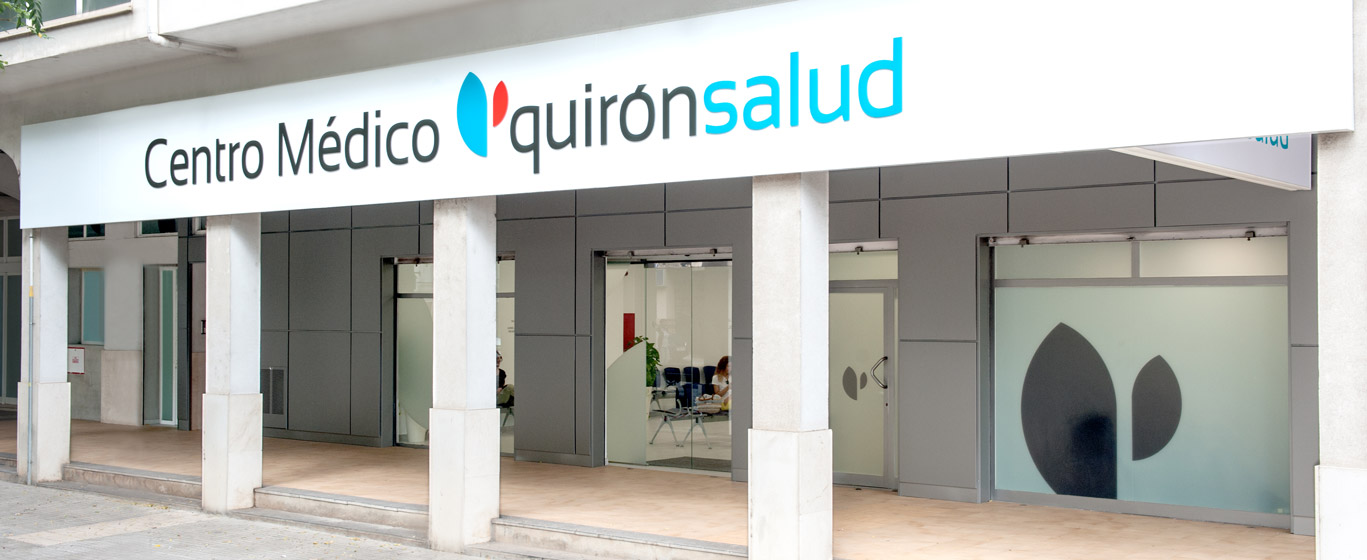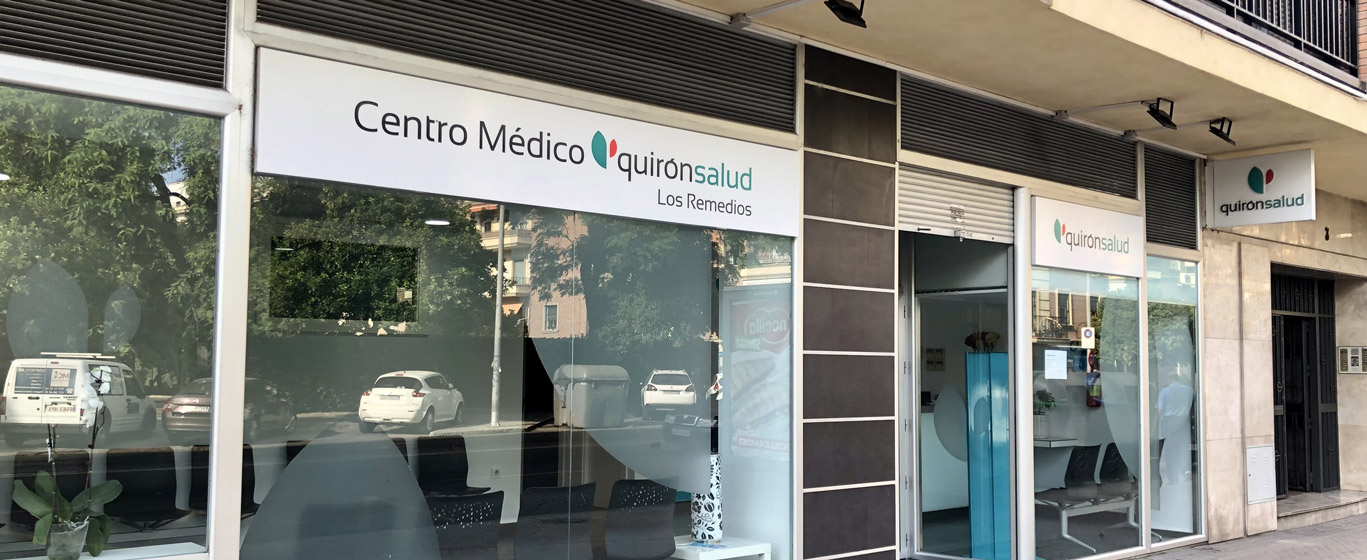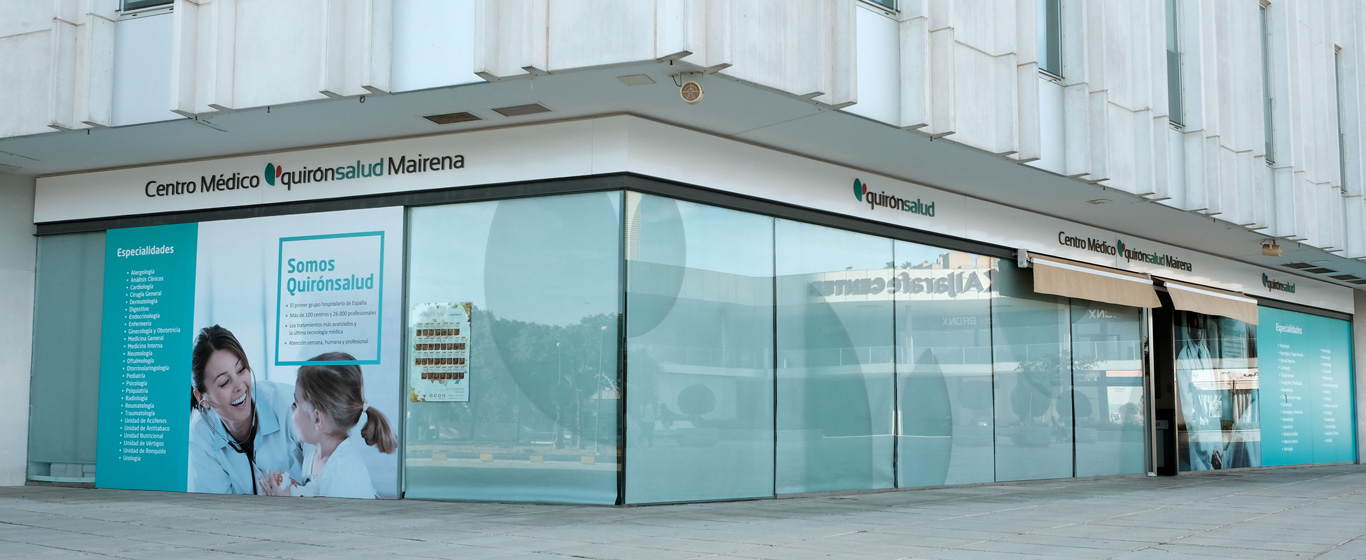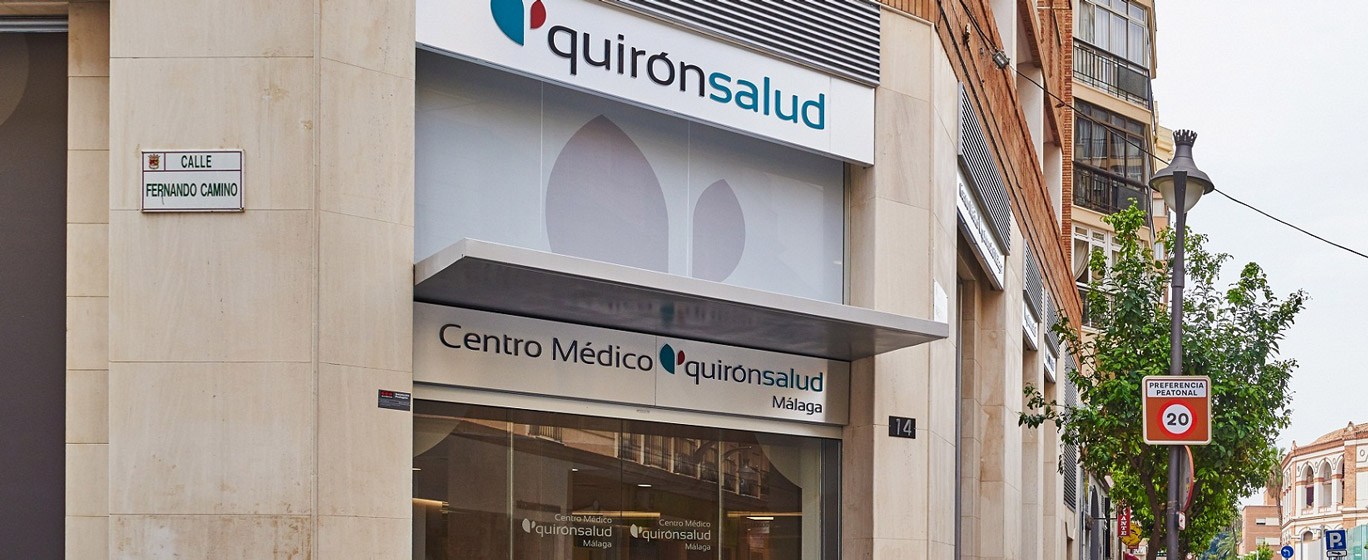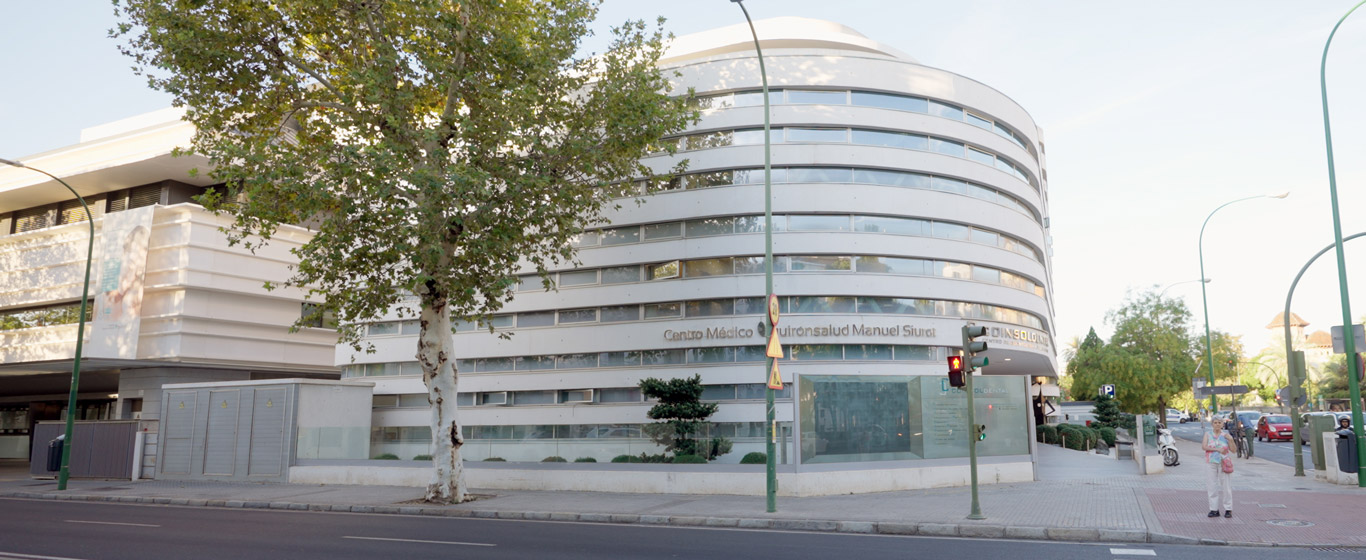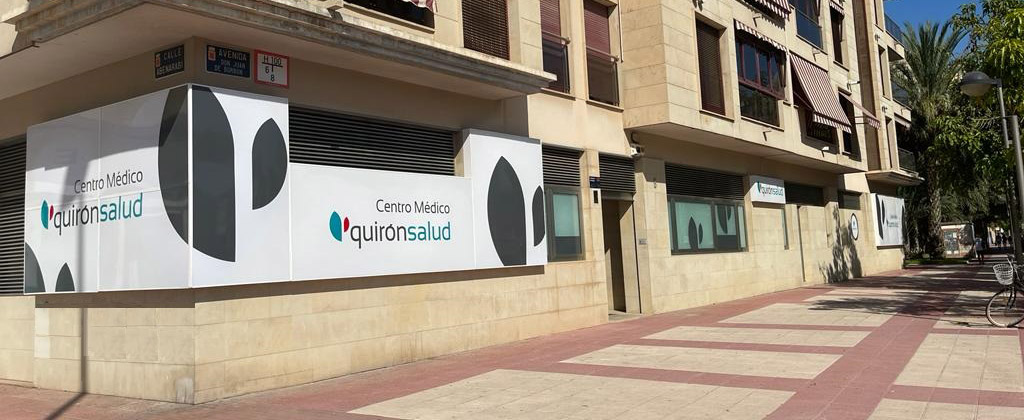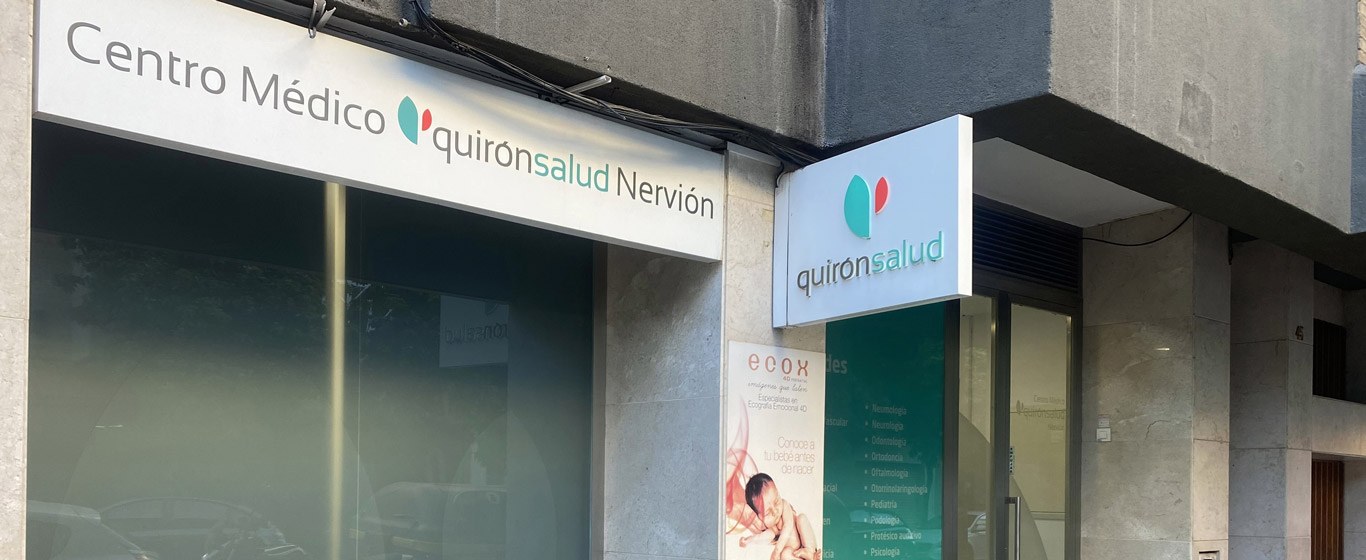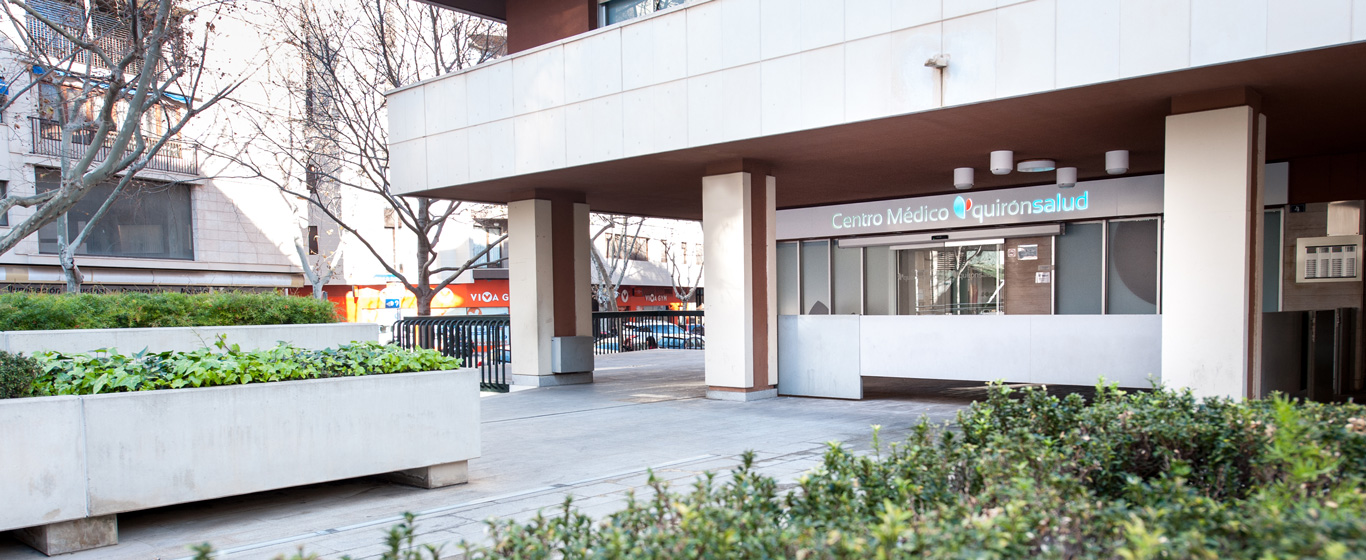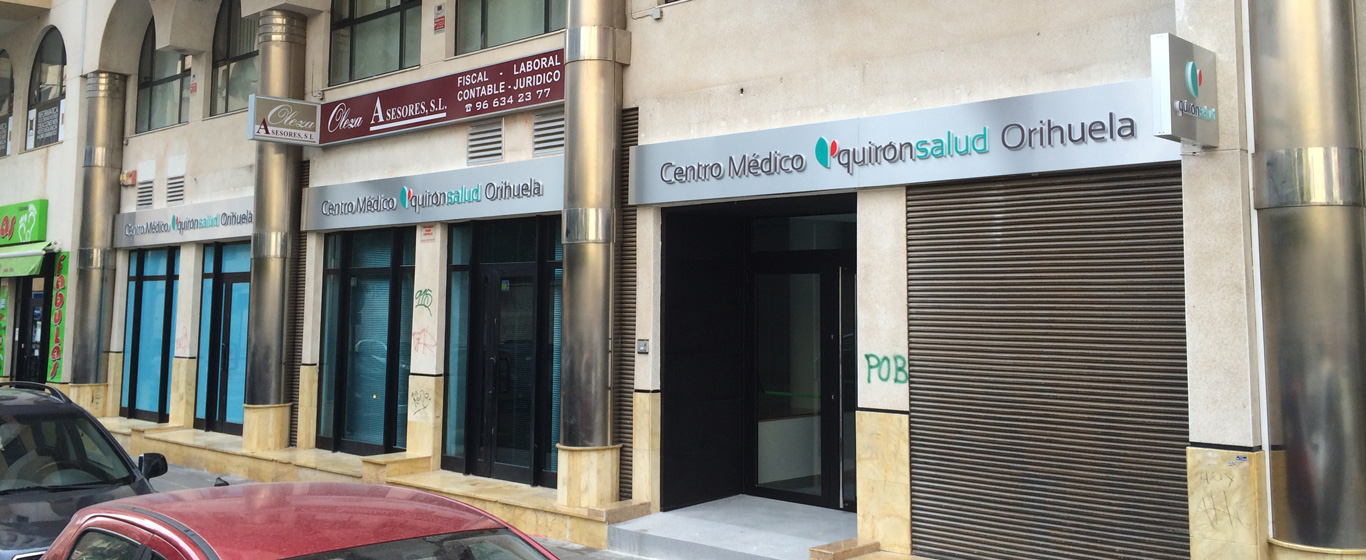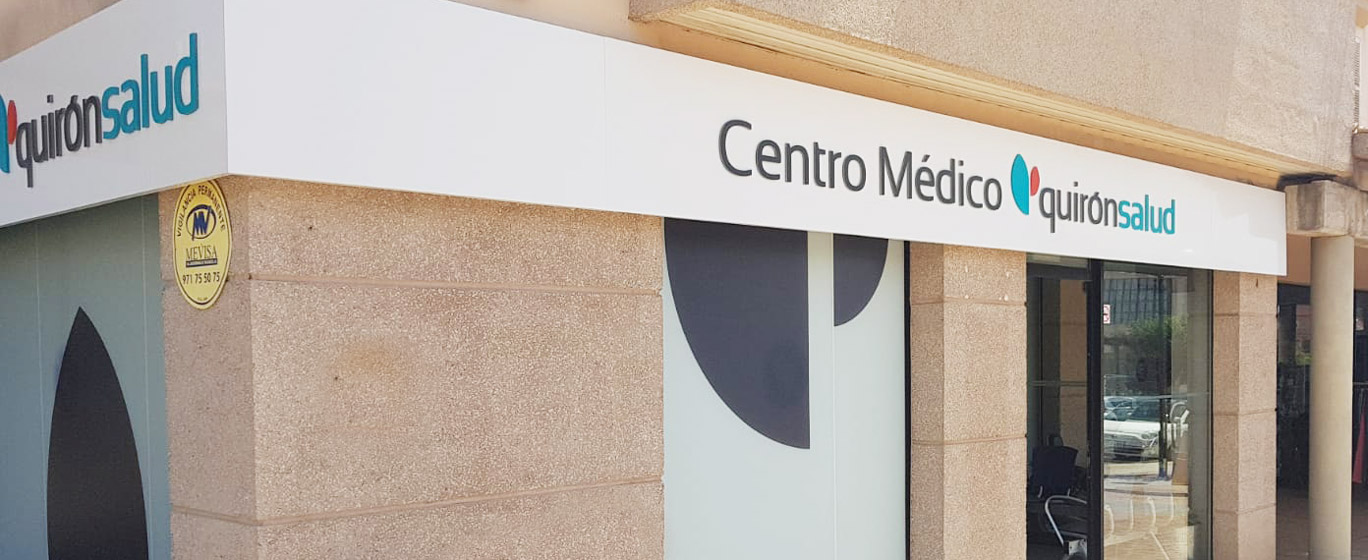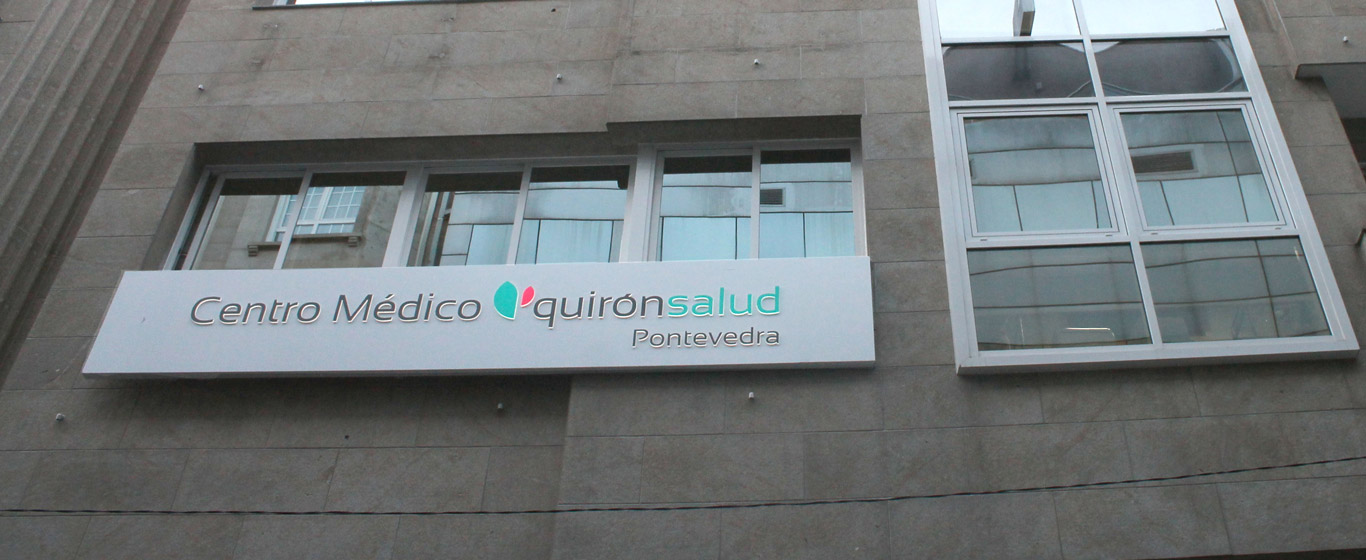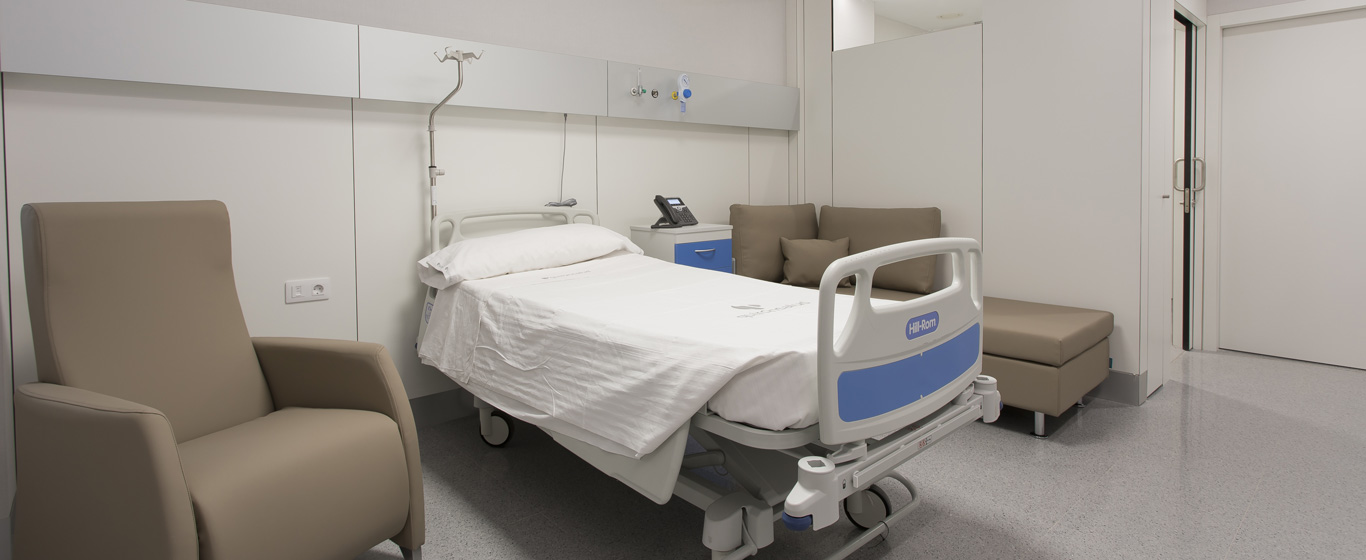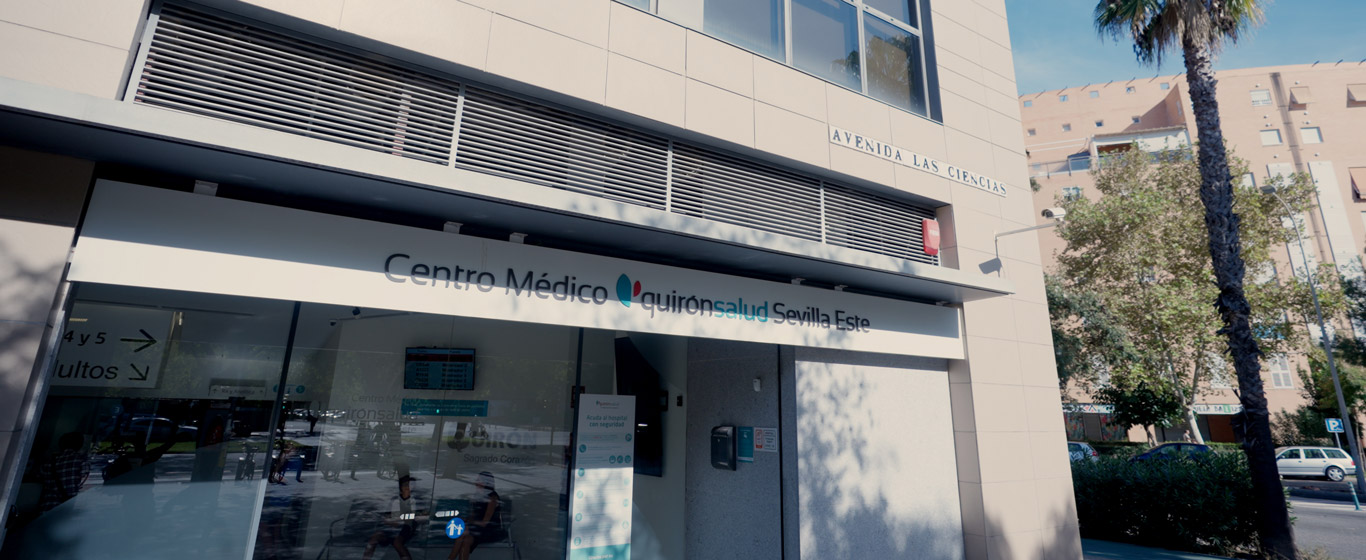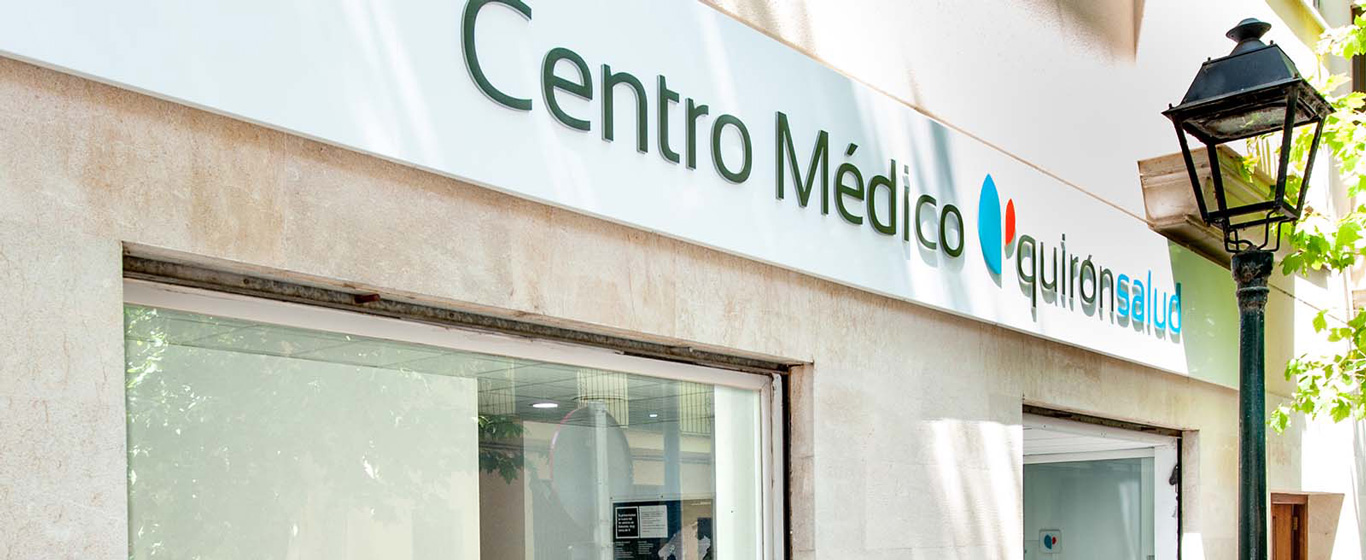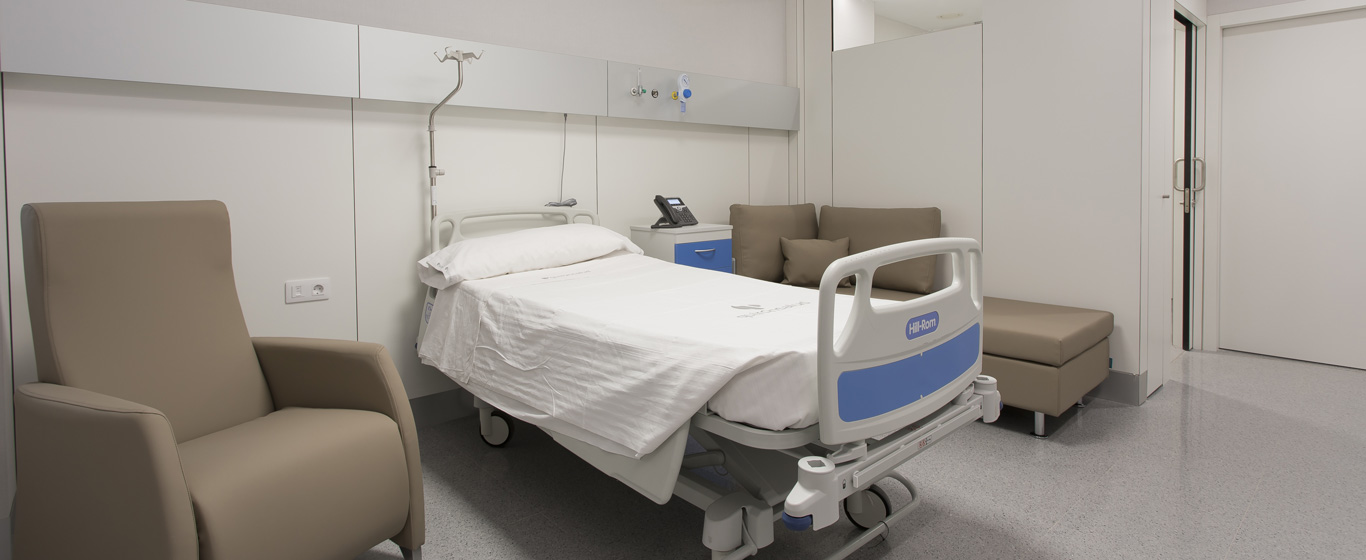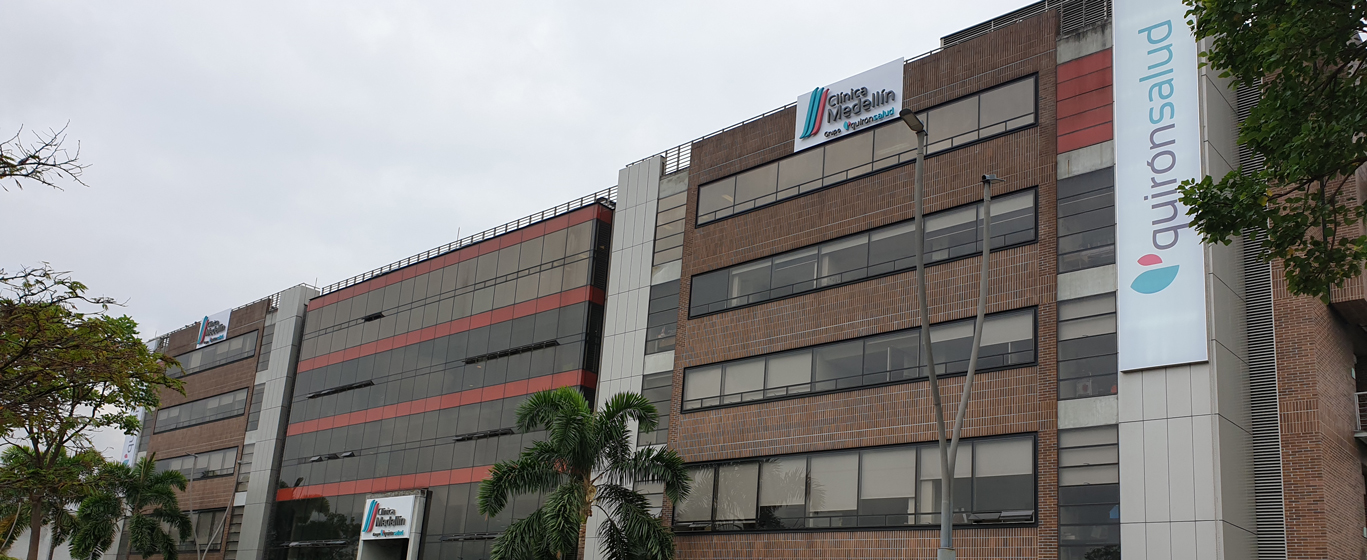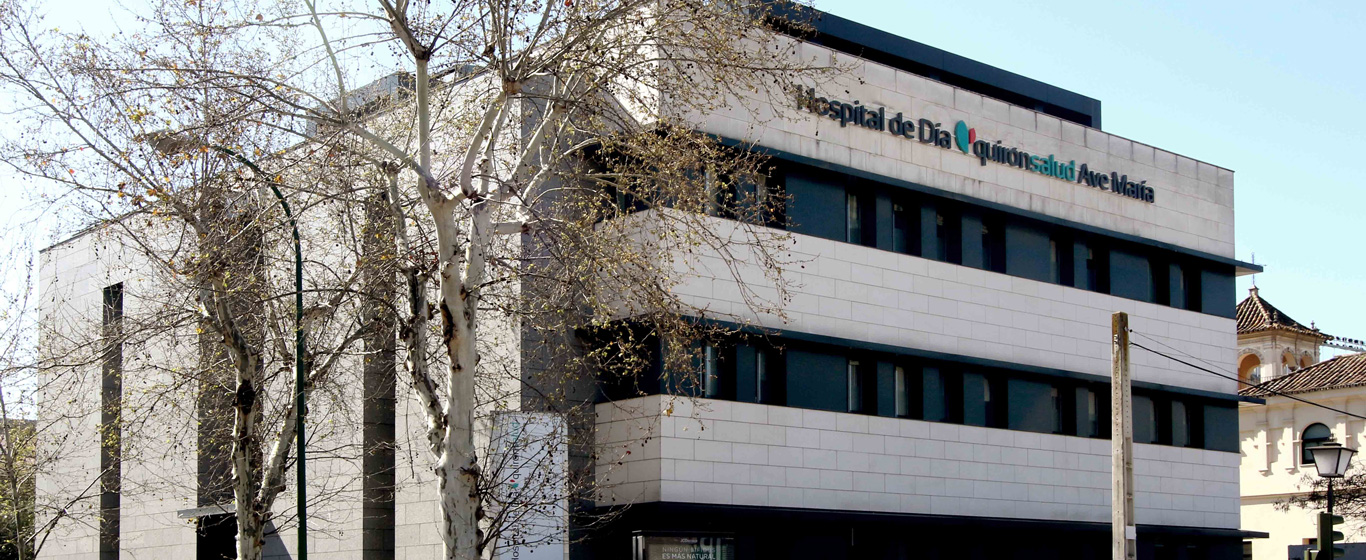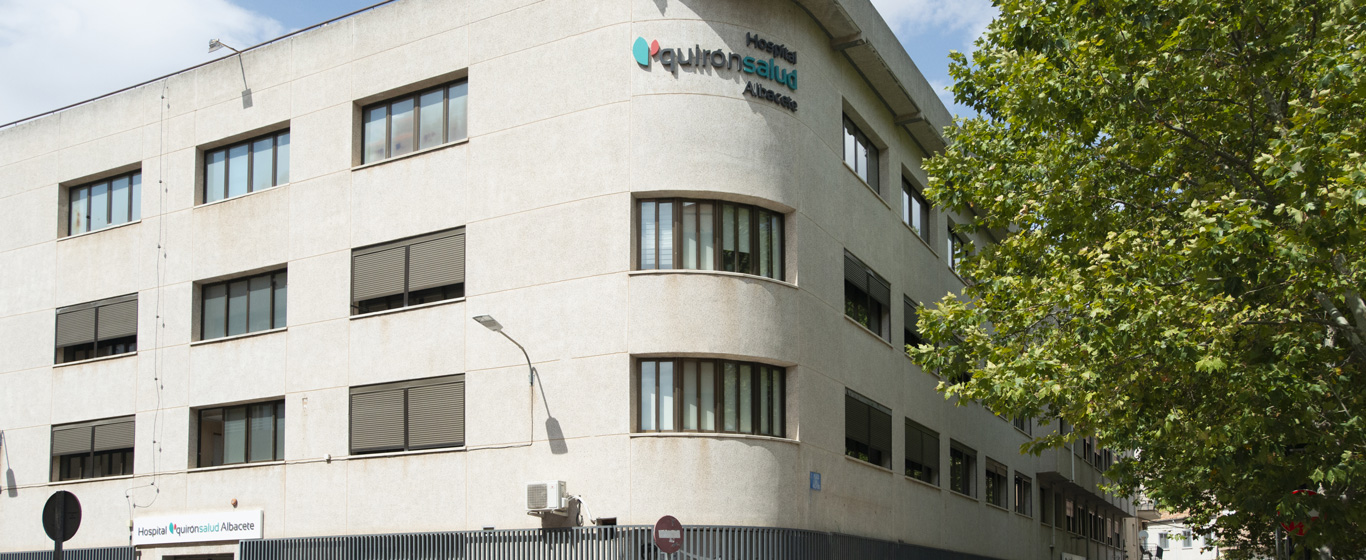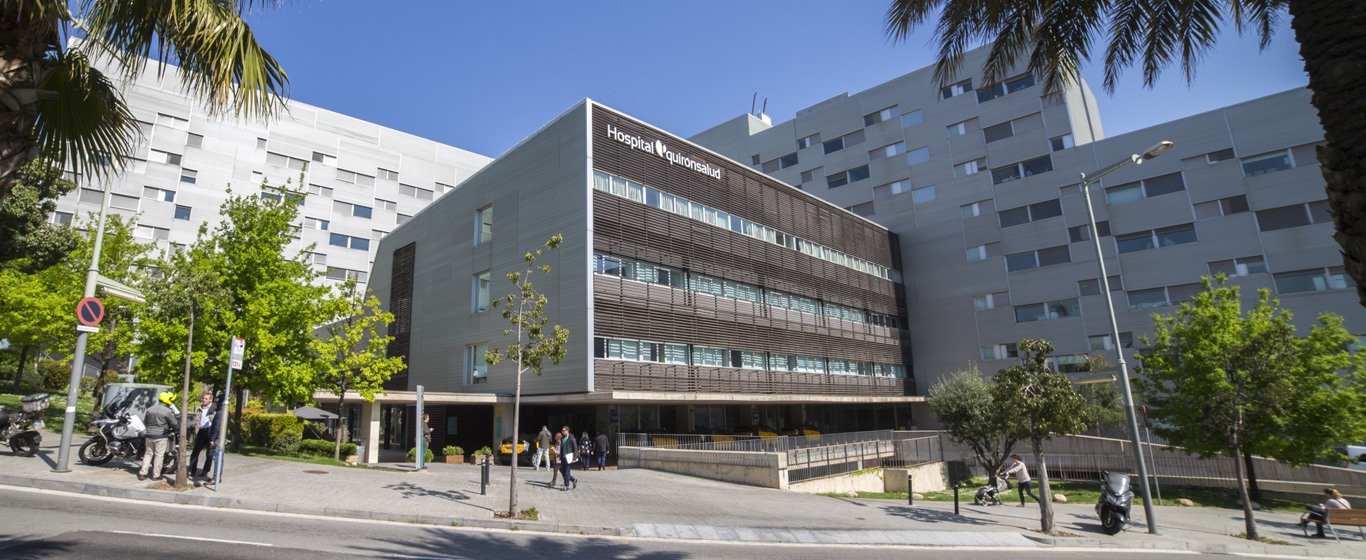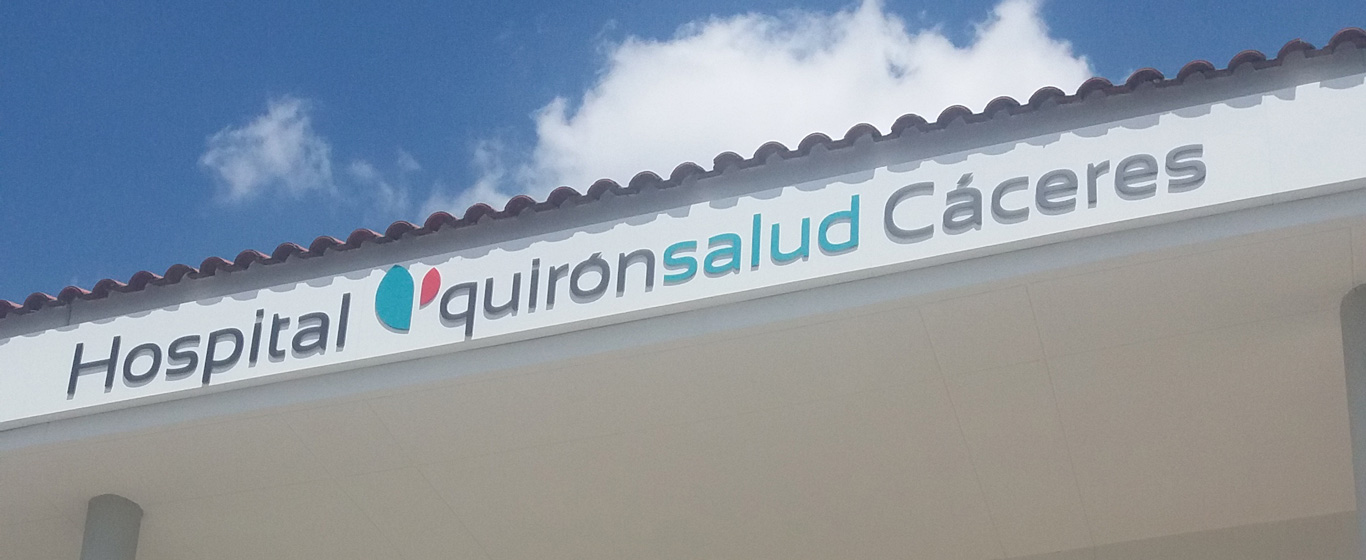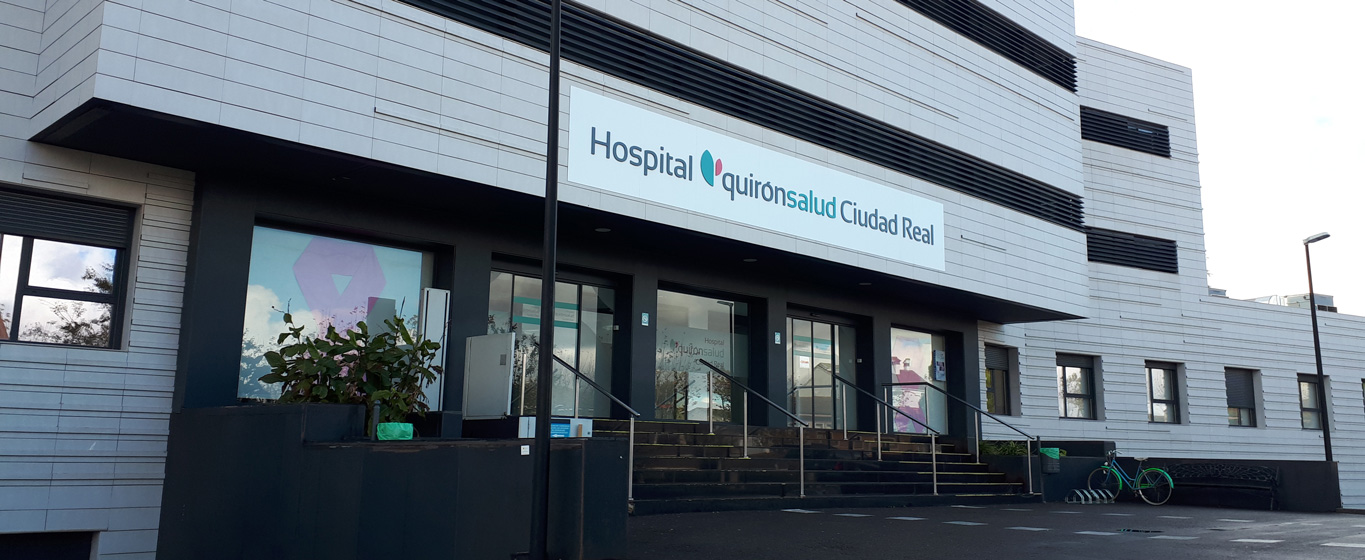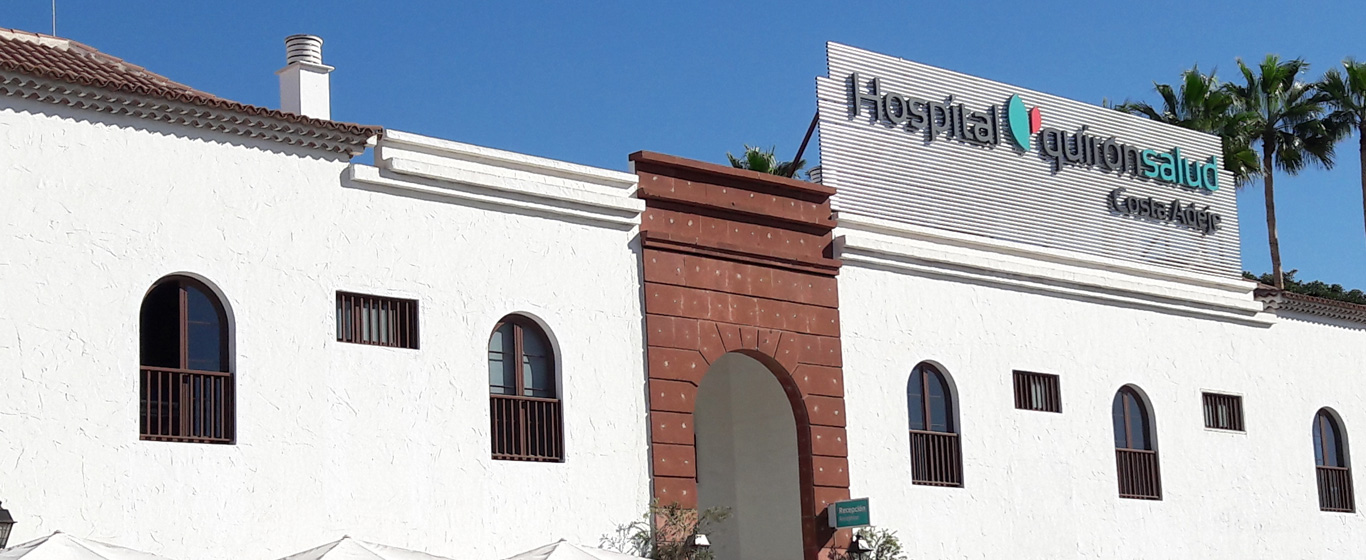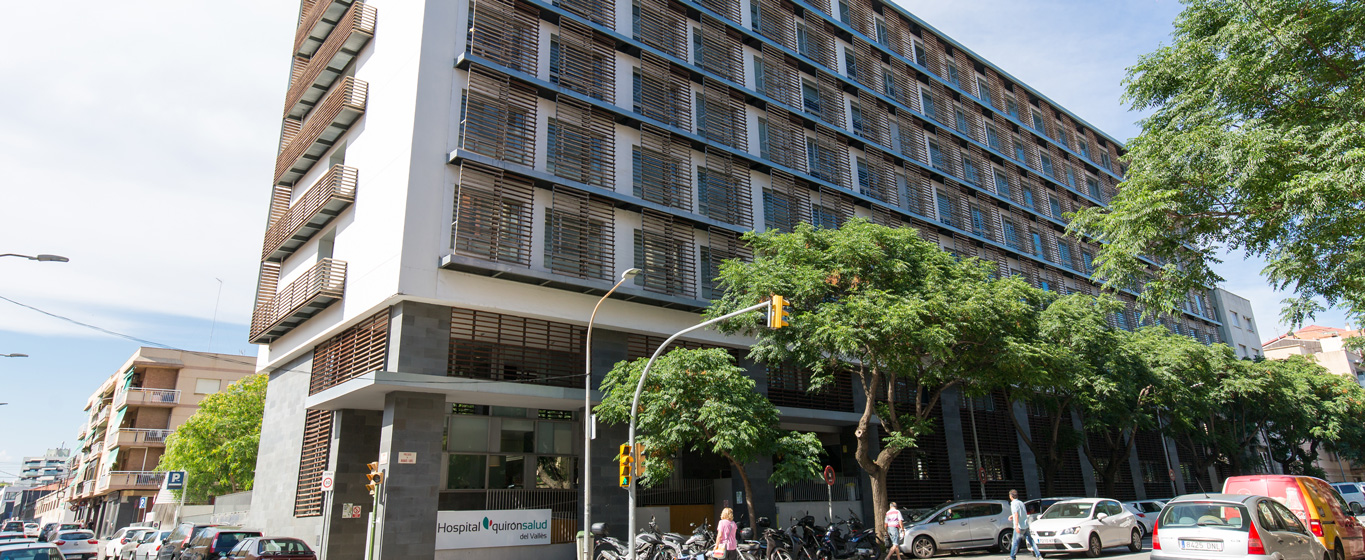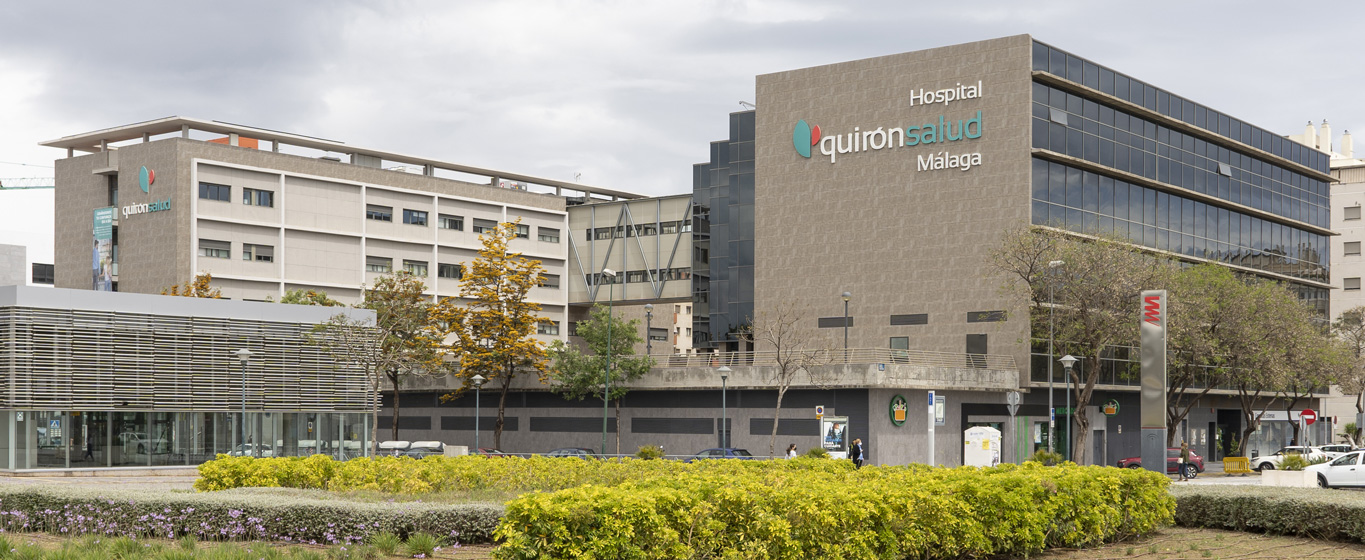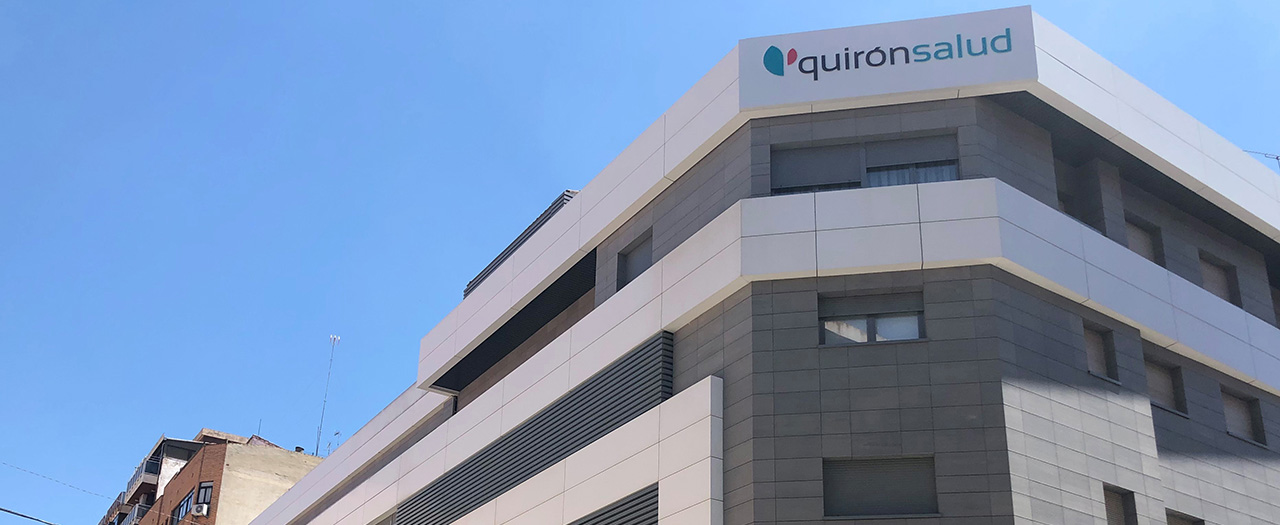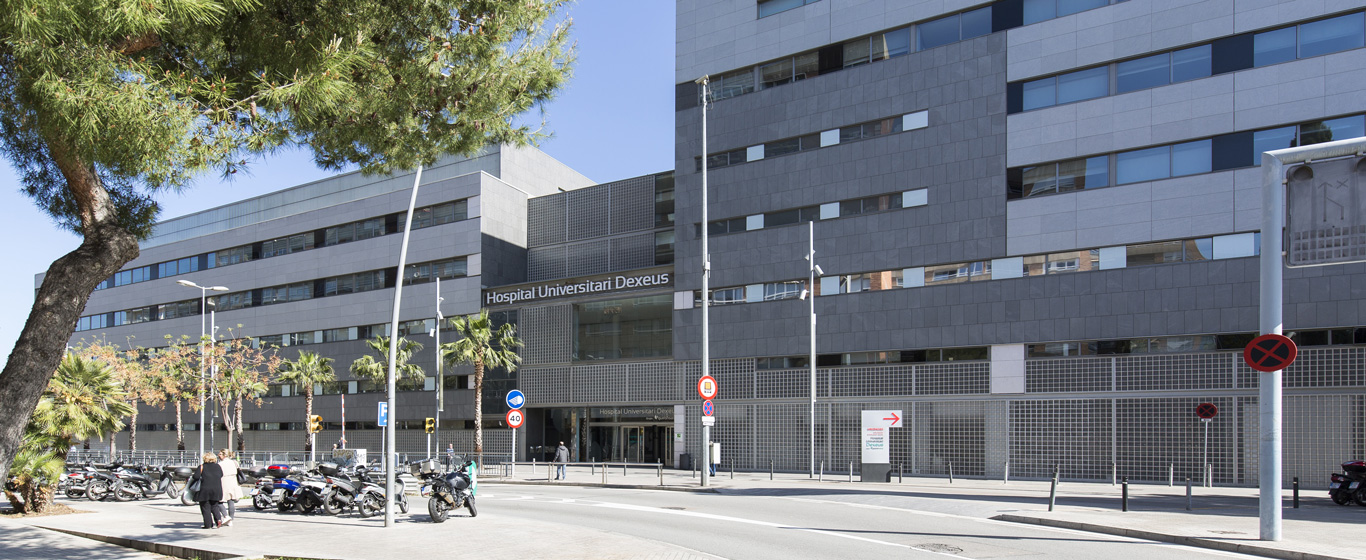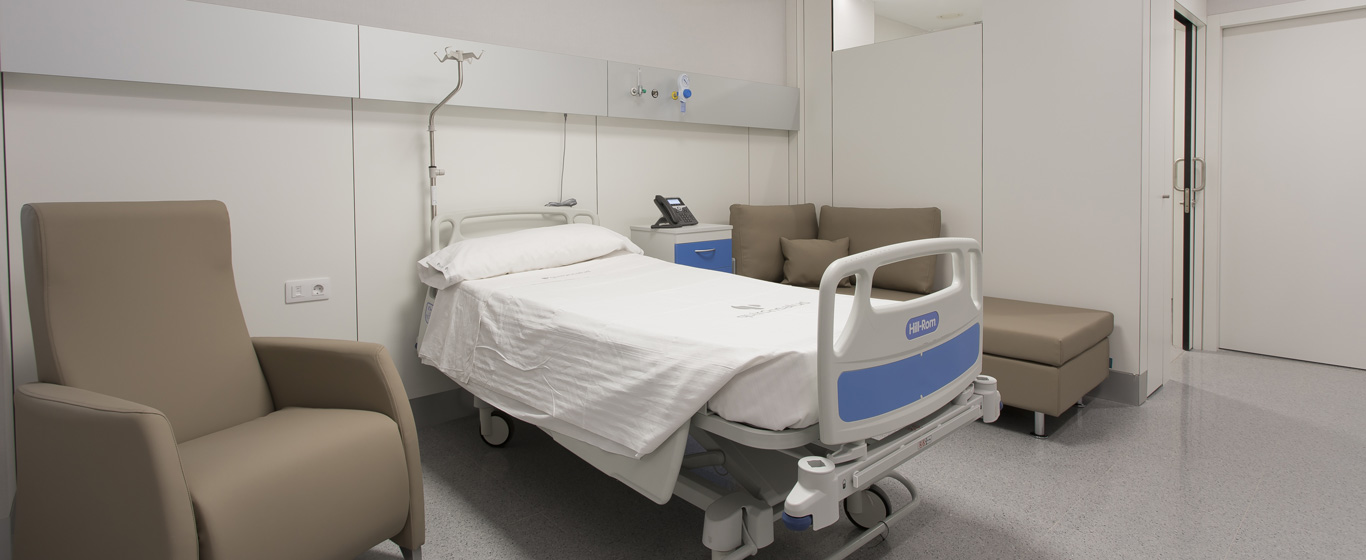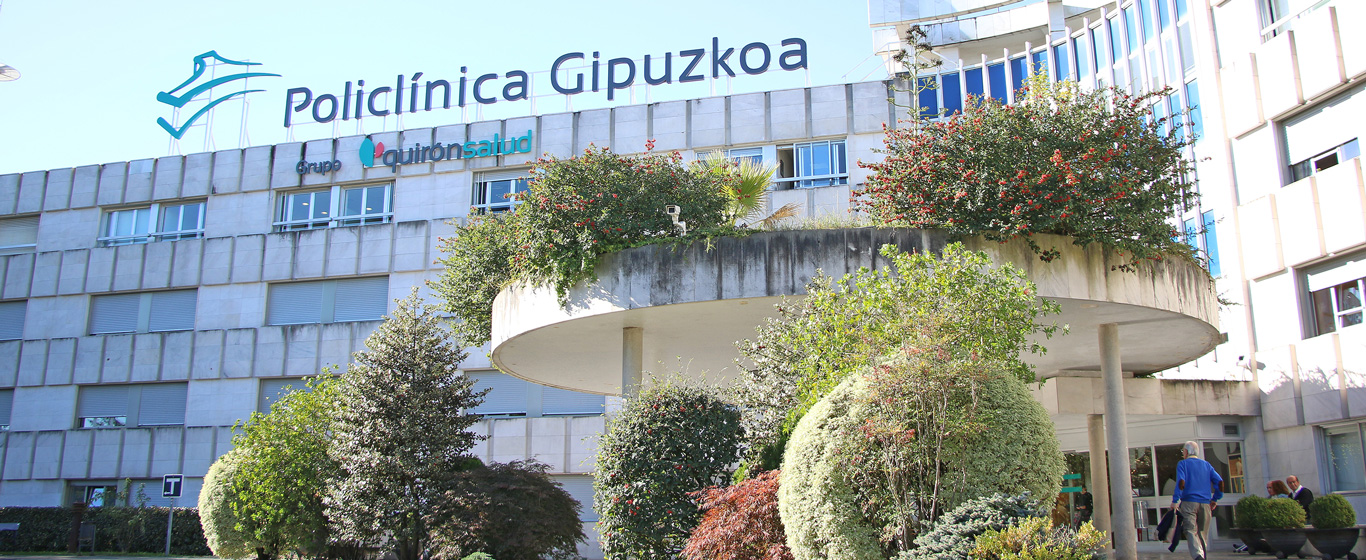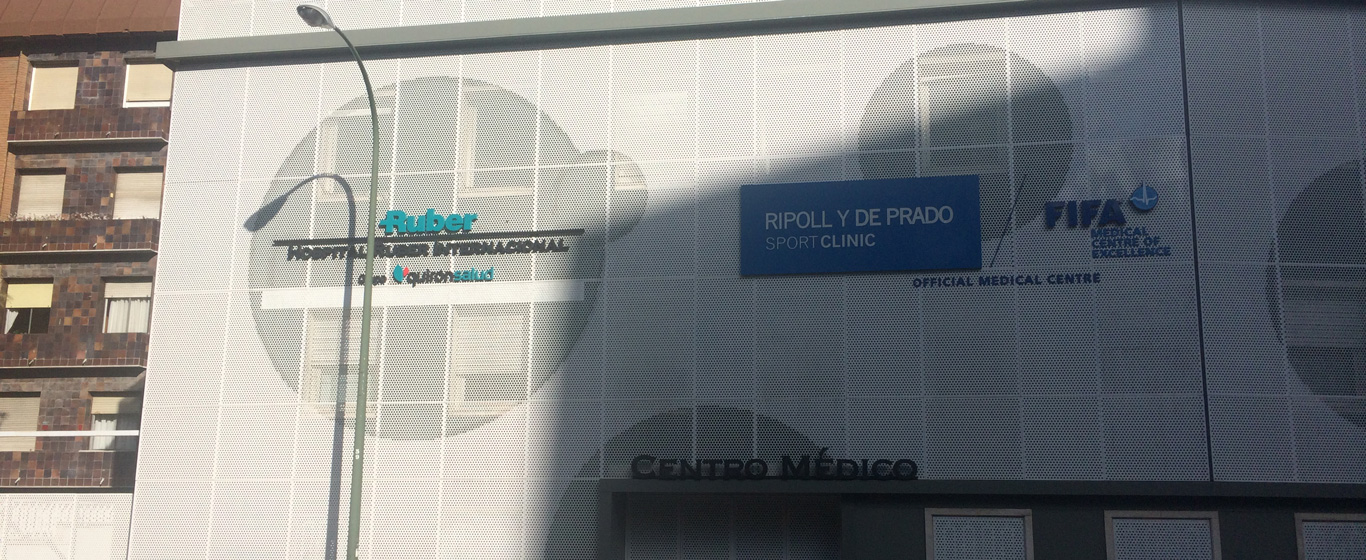Blood Culture
A blood culture is a microbiology technique that involves obtaining a blood sample and incubating it in the laboratory to confirm or rule out the presence of pathogenic agents and the resulting infection.

General Description
A blood culture is a laboratory test used to detect the presence of microorganisms such as bacteria or fungi in the blood, confirming the existence of an infection and identifying its causative agent.
A bloodstream infection generally originates from an infection in another part of the body that spreads into the bloodstream when the immune system fails to contain it.
When is it indicated?
A blood culture is necessary when a patient presents symptoms suggestive of a systemic infection or sepsisSepsisSepsis . Common symptoms include:
- High fever
- Chills
- Excessive sweating
- Increased respiratory and heart rate
- Fatigue
- Nausea
- Low blood pressure
- Decreased urination
- Confusion and disorientation
- Generalized pain and inflammation
- Blood clot formation
- Multiple organ failure or insufficiency
A blood culture is particularly indicated if, in addition to these symptoms, the patient has recently had an infection, undergone surgery, or is receiving immunosuppressive therapy, as these factors increase the risk of developing a systemic infection.
A blood culture allows the identification of the specific bacterium or fungus causing the infection and, consequently, the selection of the appropriate antibiotic or antifungal treatment.
How is it performed?
The blood sample required for a blood culture is obtained via venipuncture. The drawn blood is placed into two separate tubes or bottles: one for detecting aerobic organisms (which require oxygen to grow) and another for anaerobic organisms (which grow without oxygen).
An orange-capped tube (containing a clot activator to promote clotting within minutes) is used for aerobic organisms, while a green-capped tube (containing lithium heparin) is used for anaerobes.
Once collected, the samples are sent to the laboratory, where they are placed in culture plates (called Petri dishes) and incubated in a nutrient-rich medium to promote microorganism growth for later identification under a microscope. In some cases, additional identification methods, such as Gram staining, are used. This test involves applying a special dye to identify microorganisms based on their shape and the color they acquire after staining.
Typically, multiple blood samples are collected from different veins and at different times (serial blood cultures). This increases the detection sensitivity, allowing the identification of bacteria that may be present in low concentrations or intermittently. It also helps differentiate between pathogenic microorganisms responsible for the infection (which appear in multiple cultures) and skin microorganisms that may have contaminated the sample.
A negative blood culture means that no microorganisms were found in the blood, indicating the absence of infection. A positive blood culture means that the same type of fungus or bacterium has been identified in two or more samples, confirming an infection that requires immediate treatment. A mix of positive and negative results may indicate either an infection or sample contamination.
If the blood culture is positive, an additional test called an antibiotic susceptibility test (antibiogram) is performed to determine the microorganism’s sensitivity to different antibiotics.
Risks
Blood sample collection for a blood culture is a quick and simple procedure with no serious complications. Minor complications may include:
- Excessive bleeding
- Dizziness or fainting
- Hematoma formation at the puncture site
- Infection at the puncture site (very rare)
As mentioned, there is a possibility of obtaining a false positive due to sample contamination. In such cases, the specialist must interpret the results based on the patient's clinical context, the identified microorganism, and other diagnostic tests.
What to expect from a blood culture
Venipuncture for sample collection is typically performed on a vein in the arm. Before inserting the needle, the area is cleaned with an antiseptic to reduce the risk of skin microorganisms contaminating the sample. A tourniquet is placed around the arm, above the puncture site, to facilitate vein filling. A moderate level of pain is normal when the needle is inserted. In an adult, between 8 mL and 10 mL of blood are collected; in children, between 1 mL and 4 mL.
Once the sample is drawn, the tourniquet is removed, and a sterile gauze pad is applied with pressure to the puncture site to prevent bleeding. Typically, another sample is collected immediately after, from a different vein. Additional samples are spaced out over time.
Medical specialties that request blood cultures
A blood culture may be requested by the intensive care unit, hematology, or pathology departments.
How to prepare
No special preparation is required for a blood culture.





